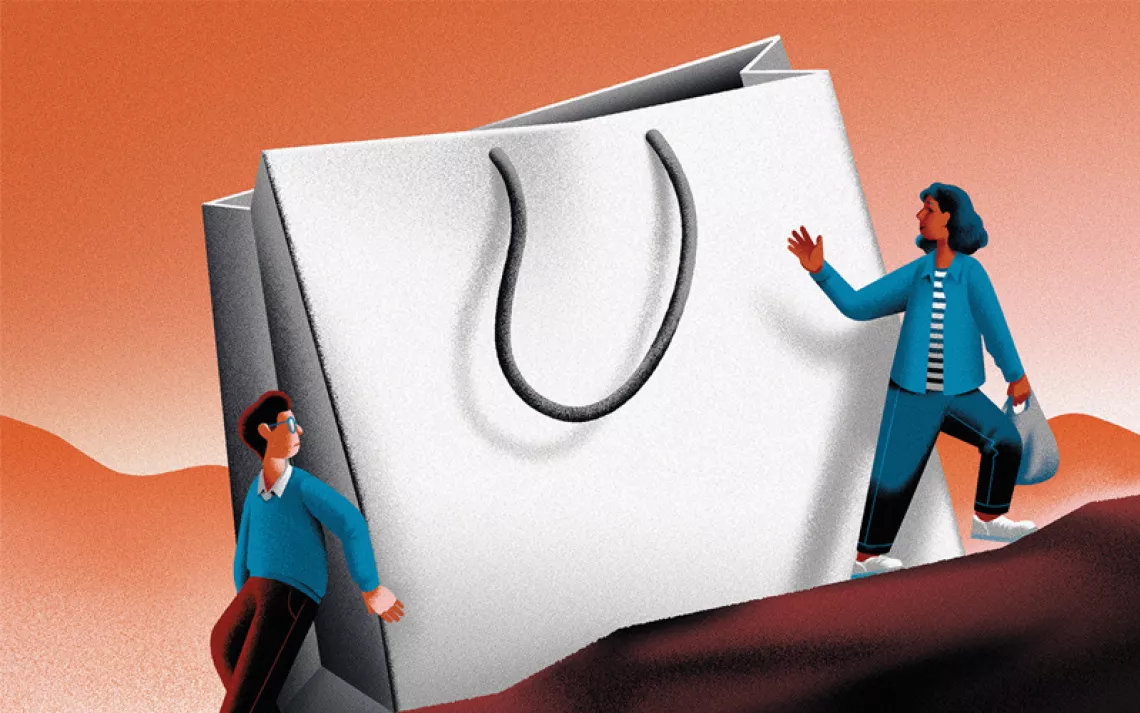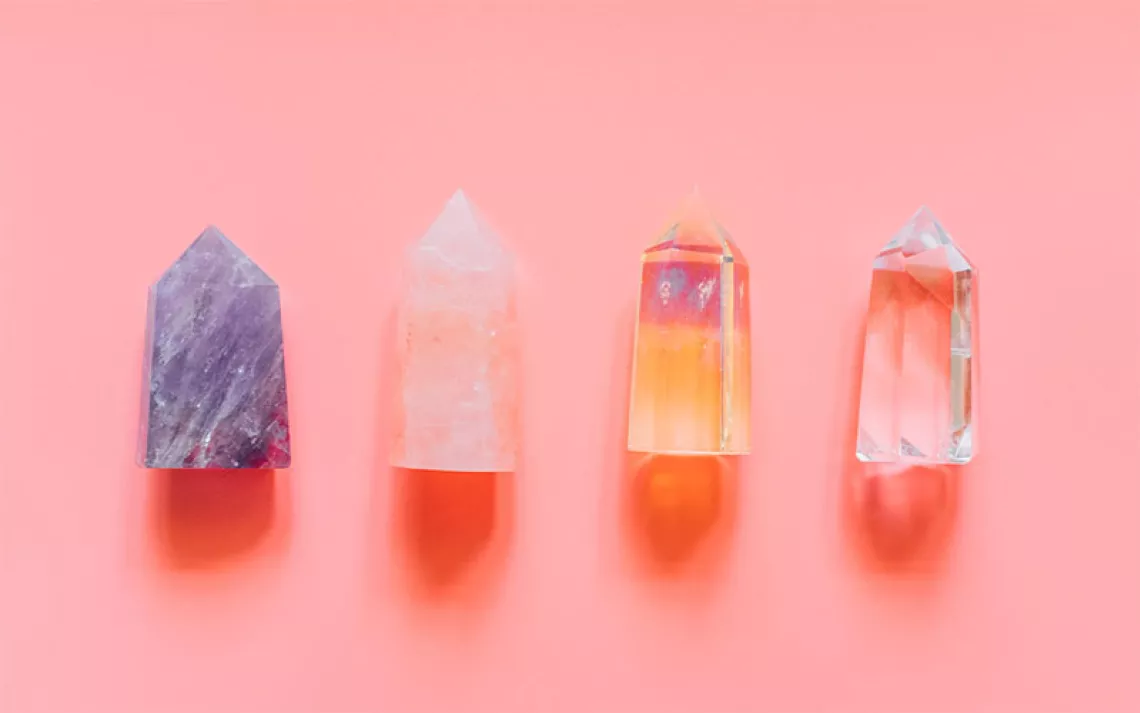When More Is Better: The "Maximalist" Shoe Trend
An adventurer with aching knees and heels offers 6 running/hiking shoe recommendations

Photo by Chalabala/iStock
In 2010, a small shoe company called Hoka One One (Maori for “let’s fly”) bucked the trend of minimalist running shoes and began producing ultra-padded, thick-soled, squishy-soft pairs of running shoes boasting “stack height”—that’s the padding between your foot and the bottom of the shoe—that was more than double that of regular shoes. Ultra-runners were the first to adopt maximalism as an experiment to reduce impact on long runs. As their enthusiastic endorsements began to flow, the shoes flew off the shelves, and other manufacturers introduced their own offerings. Designs have since improved (they don’t totally look like clown shoes or moon boots anymore) and options abound. For people like me—with bad knees, weathered heels, and sore ankles—it’s been a nice development. Here are six aching-knees-approved pairs to help cushion adventure.
Hoka One One Challenger ATR 2: $130

I bought my first pair of Hokas in 2014 on a doctor’s recommendation. They looked goofy but enabled me to run without pain for the first time in years. Since then, Hoka has expanded into trail shoes and even ultra-cushioned high-top hiking shoes like the sizable Tor Ultra Hi WP ($230). My current shoe of choice, the Challenger ATR 2, is pretty lightweight (9.5 ounces), has good, grabby treads, and with a 33mm stack height, provides ample support and cushioning without feeling too squishy.
Altra Olympus 2.5: $150

Recommended by my friend Liz Thomas—who wore Altras on her record-setting Appalachian Trail thru-hike—these shoes are the gold standard for long-distance trail walking, thanks to their comfort and durability. My pair of Olympus 2.0s are so comfy, I wear them around the house like slippers. Outdoors, they make me feel like I’m running on pillows. “Zero drop” flat structure and substantial cushioning (36mm) add to their instant ease of wear. However, on the downhills, I find my toes squashing into the front of the shoe’s wide toe box. Next month, the 2.5—which boasts the same midsole and outsole as the 2.0 but an updated upper—drops.
Brooks Cascadia 12: $130

These trail running shoes’ fabric is super lightweight and breathable. They also offer great traction—serving runners well on a variety of terrain, from the trails to the streets—plus heel stability and 27mm worth of cushioning. So, they’re good for hurt knees and for runners carrying extra pack weight. Keep in mind, though, this shoe runs narrow, including in the toe tox.
Garmont 9.81 Speed III: $140

Some hiking shoes take substantial breaking in. These, however, offer out-of-the box comfort. With a cushioned heel and wide toe box, they perform well on hilly city sidewalks and on muddy trails. Their combination of support (they have ADD; a.k.a. “Anatomically Directed Design” technology) and “Hypergrip” soles and outers make them a good choice for light, fast hikes.
Under Armour Overdrive Fat Tire: $160

With “Wild-Gripper” Michelin-branded oversize sole treads, these hiking shoes will match your over-inflated mountain bike tires. That plus their rockered bases—meaning the center is thicker than the edges—make these shoes look like they were designed for clown ninjas to scale castle walls. However, these odd-looking shoes offer great traction. They’re also lightweight for their size and, thanks to a “charged foam” rebound system, soft and springy. Plus, their high tops provide good support and a snug fit.
Newton Boco AT II: $130

These very lightweight (8.2 ounce), supportive, and grippy trail shoes, made by a small Boulder, Colorado-based company, get high grades for traction and stability. Their scant, 3mm heel-to-toe drop may take some getting used to for trail runners, but I find that these all-weather shoes perform well on sloppy, uneven trails. They’re also responsive on the road and offer good cushioning for their weight.
 The Magazine of The Sierra Club
The Magazine of The Sierra Club



